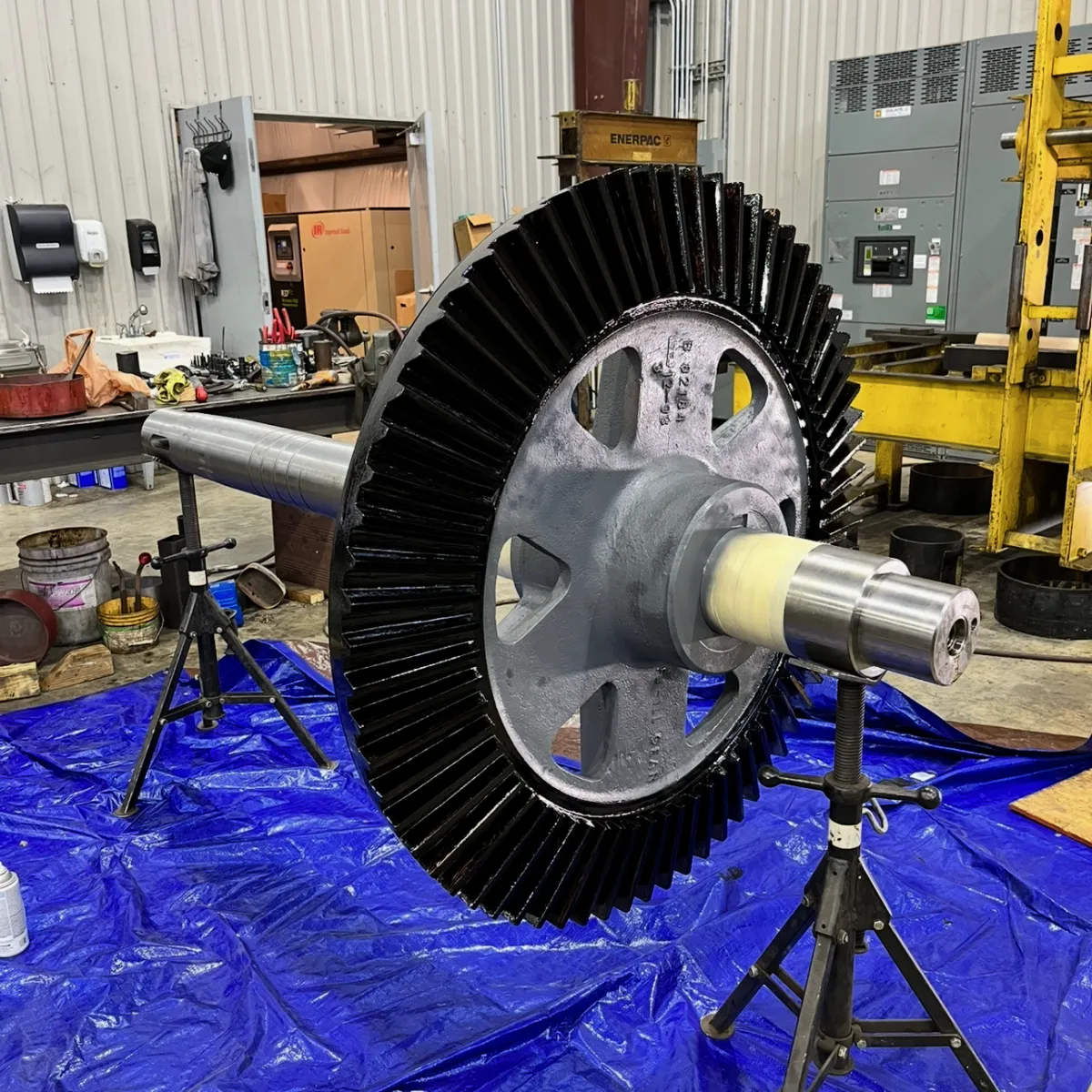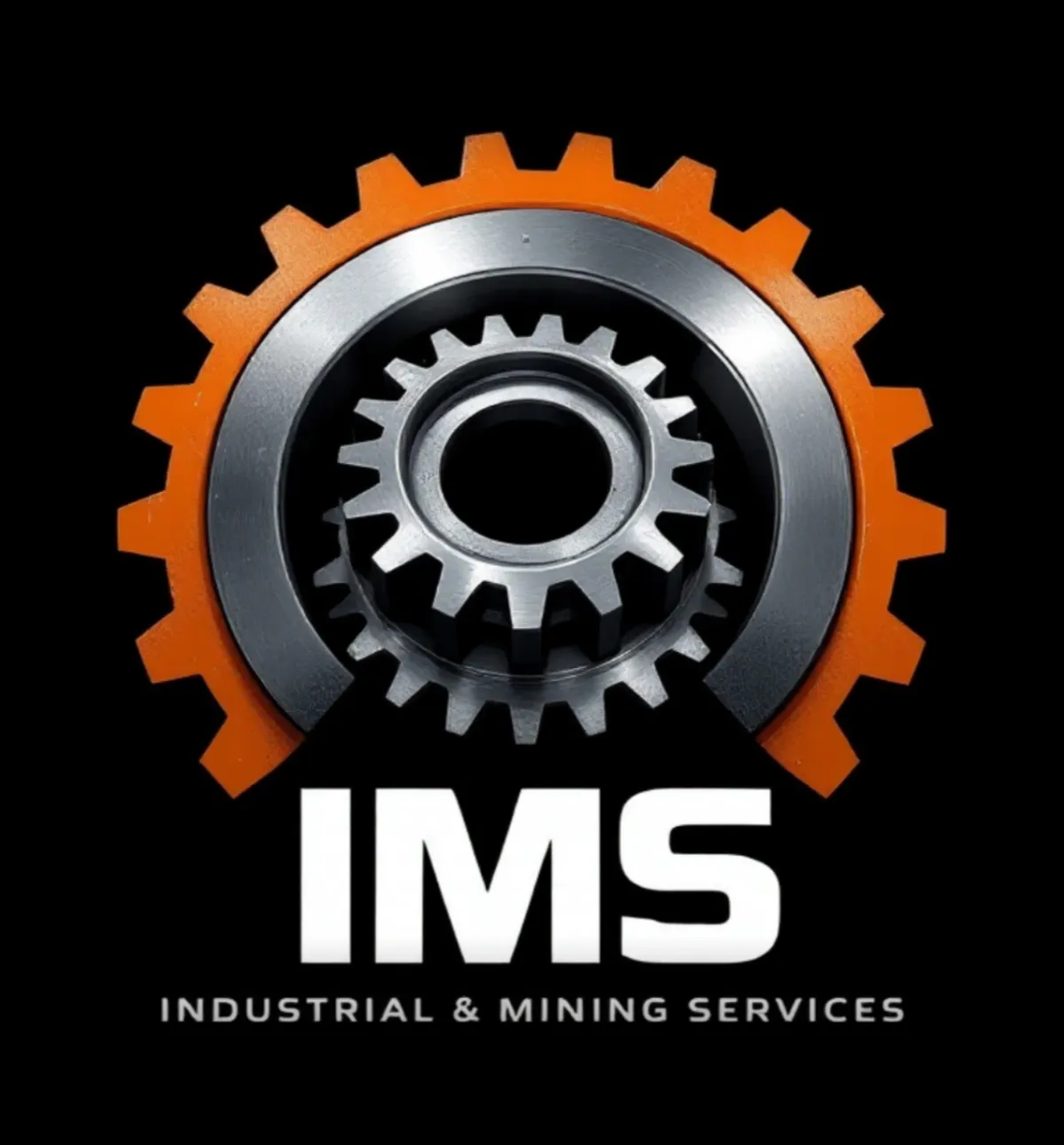
What Is Regreasing and Why Is It Crucial?
What Is Regreasing and Why Is It Crucial?
When it comes to maintaining the performance, safety, and lifespan of heavy equipment, one maintenance task stands out for its simplicity and importance: regreasing. Whether you're running a mining operation, managing a construction fleet, or operating agricultural machinery, regreasing is one of the most cost-effective ways to protect your investment and prevent catastrophic failures.
In this article, we’ll answer the question “What is regreasing?”, explain why it’s crucial for machinery, and provide best practices to ensure you're doing it right.
What Is Regreasing?
Regreasing is the process of replenishing or replacing grease in a machine’s moving parts — such as bearings, joints, pins, bushings, and pivot points — to maintain lubrication and prevent metal-to-metal contact.
Grease, a thick lubricant made from base oil and a thickening agent, serves two main purposes:
Reduces friction between surfaces
Prevents contaminants (like dirt and water) from entering sensitive areas
Unlike oil, grease stays in place longer, making it ideal for parts that are exposed or operate under heavy loads and pressure.
Why Is Regreasing Crucial?
1. Reduces Wear and Tear
Every time metal surfaces rub against each other without lubrication, they grind, generate heat, and break down. Over time, this friction causes irreversible component wear — leading to premature failure.
Regreasing creates a protective film between surfaces, reducing friction and extending equipment life.
2. Prevents Rust and Corrosion
Moisture is a major enemy of metal parts. In wet or humid environments, water intrusion leads to corrosion, especially around pins, bushings, and bearings.
Grease acts as a moisture barrier, blocking water and keeping oxygen out — both of which are needed for rust to form.
3. Improves Equipment Efficiency
Friction doesn’t just cause wear — it also consumes energy. Properly greased components move more freely, which improves fuel efficiency, machine responsiveness, and overall productivity.
A well-regreased machine also runs cooler, reducing the strain on other components like the engine and hydraulics.
4. Reduces Unplanned Downtime
Failure to regrease key components like track rollers, loader arms, or boom pins can result in seized joints, bearing failure, or even structural cracks. These issues lead to expensive repairs and equipment downtime.
Regular regreasing is one of the cheapest forms of preventive maintenance — often costing just a few dollars in grease and labor while saving thousands in repairs.
5. Supports Operator Safety
In some cases, seized or worn joints can lead to uncontrolled movement or mechanical failure, putting operators and nearby workers at risk. Greased equipment not only runs better — it runs safer.
Key Components That Require Regular Regreasing
Pins and bushings (e.g., excavator arms, backhoe links)
Bearings (in wheels, conveyor rollers, motors)
U-joints and drive shafts
Track rollers and idlers
Lift arms and tilt cylinders
Hydraulic pivot points
Steering linkages
Each piece of equipment comes with its own grease point diagram — usually found in the operator’s manual or on a sticker near the cab or access panel.
How Often Should You Regrease?
Frequency depends on:
Equipment type (dozer vs. skid steer)
Operating hours (daily use vs. weekly use)
Environmental conditions (dusty, wet, extreme temperatures)
Load and intensity of work
OEM recommendations
General rule of thumb:
Daily: For high-impact equipment like excavators, loaders, and mining gear
Every 8-10 hours: In harsh environments (dust, water, high heat)
Weekly: For lighter or less frequent use
After pressure washing: Always regrease to restore the protective barrier
Signs Your Equipment Needs Regreasing
Squeaking or grinding noises during operation
Increased resistance or stiffness in movement
Visible dry joints or cracked grease
Overheating around pivot points
Premature wear on pins, bushings, or bearings
Excessive play or looseness in joints
Best Practices for Proper Regreasing
1. Use the Right Grease
Match the grease type to your equipment’s specifications. Consider:
NLGI grade (thickness)
Base oil type (mineral or synthetic)
Additives (molybdenum for high pressure, anti-corrosion agents)
Temperature tolerance
Using the wrong grease can lead to ineffective lubrication or chemical breakdown.
2. Clean the Zerk Fitting First
Always wipe off the fitting (grease nipple) before applying grease to avoid pushing contaminants into the system.
3. Apply the Right Amount
Use a grease gun to apply pressure and listen/feel for resistance. Over-greasing can blow out seals or waste product, while under-greasing leaves the part exposed.
4. Purge Old Grease
When greasing a joint, apply until clean grease flows out of the seal — especially important in dirty or wet environments to flush out contamination.
5. Document the Maintenance
Keep a log of regreasing intervals, products used, and grease points serviced. This helps with:
Compliance
Warranty claims
Preventive maintenance planning
Digital tools or CMMS systems can help automate tracking and reminders.
Tools You’ll Need for Regreasing
Manual or battery-powered grease gun
Flexible hoses for hard-to-reach zerks
Grease cartridge or bulk loader
Rags for cleaning fittings
NLGI-grade matching chart (for multi-equipment operations)
Final Thoughts: Grease Is the Lifeblood of Moving Parts
Regreasing is one of the most fundamental — yet most crucial — parts of machine maintenance. When done correctly and consistently, it protects your equipment from wear, saves fuel, reduces downtime, and ensures safe operations.
Don’t wait for squeaks to start. Build a regular regreasing schedule into your maintenance plan and follow OEM specs to the letter. It’s a small step that makes a big impact on your machine’s performance and your bottom line.
